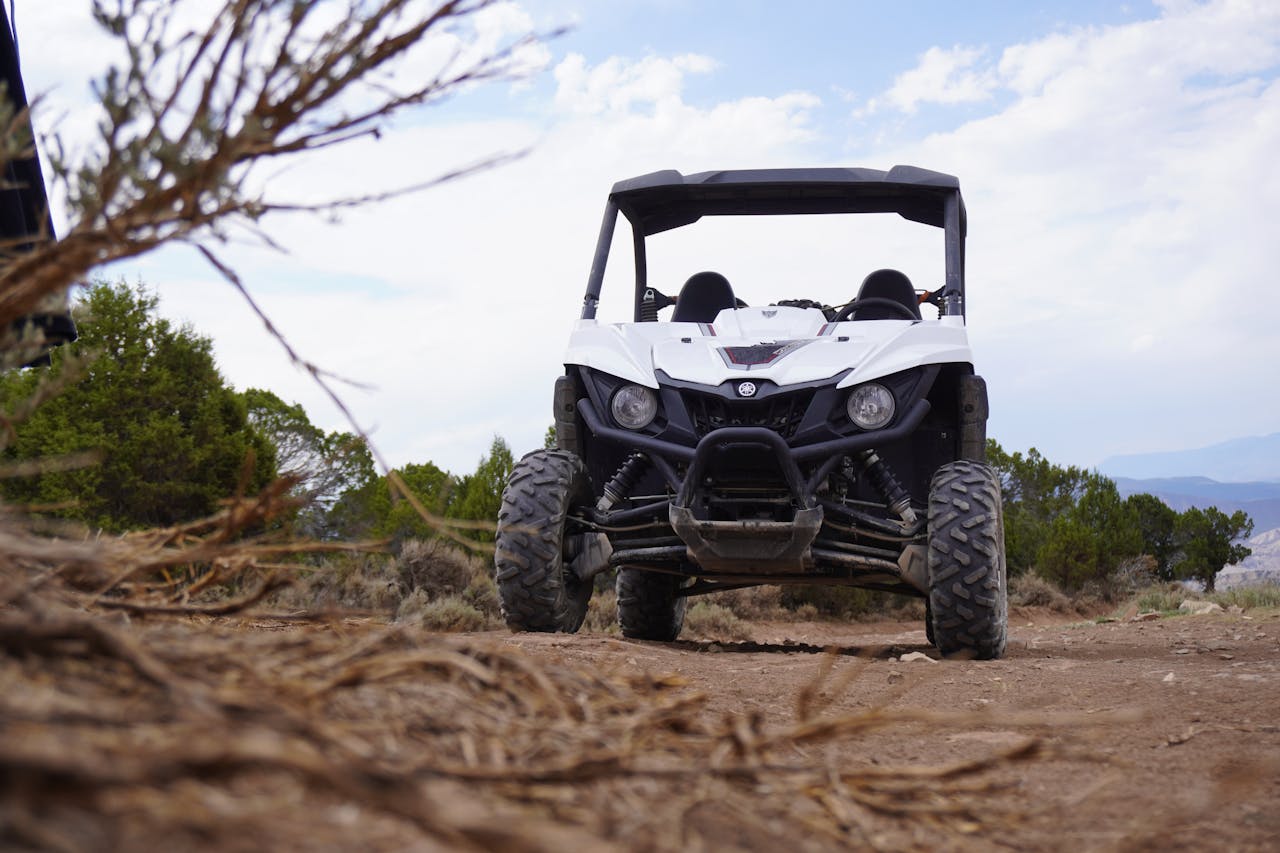When I first bought my Polaris Ranger, the windshield was the last thing on my mind.
That changed fast after my first muddy trail ride through the backwoods of Tennessee.
Rain splattered my face, branches slapped at my cheeks, and the wind? Let’s just say I got a mouthful of nature that day.
I realized pretty quickly: your windshield can make or break your ride.
Whether you’re cruising through wet forests, kicking up dust in dry fields, or tackling frozen trails, choosing the right Polaris Ranger windshield is a game-changer.
Let’s dive into the options and find out what works best for different riders, terrain, and weather.
Why Your Windshield Choice Matters
A windshield isn’t just about visibility—though that’s a huge part of it.
It’s your shield against flying rocks, mud splashes, harsh wind, and cold rain.
It keeps you safe, comfortable, and focused on the trail ahead.
But not all windshields are created equal.
Some are made for all-season utility, while others are better suited for racing, hunting, or heavy-duty farm work.
From full to half, fixed to flip, and glass to polycarbonate—each design serves a unique purpose.
I’ve tested a few myself, and I’ve seen firsthand how the right choice can improve not just the ride, but the entire day.
So let’s break it down.
If you’re ready to upgrade or replace your current Polaris Ranger windshield, understanding these differences will save you time, money, and a whole lot of frustration.
Full Windshields: Maximum Coverage, Maximum Protection
A full windshield is exactly what it sounds like—it covers the entire front of your Ranger cab.
This is the option I went with for winter rides in Colorado.
Cold air blasting your face at 30 mph? No thanks.
Full windshields provide complete protection from wind, debris, rain, and bugs.
They’re especially useful in colder climates or when you’re doing long rides where exposure becomes an issue.
You can choose from glass or polycarbonate.
Glass tends to be more scratch-resistant and long-lasting, while polycarbonate is lighter and better at absorbing impacts.
One downside? They can fog up or trap heat on warm days.
A vented or flip-up version can fix that.
Half Windshields: Best for Warm-Weather Riders
If you’re in Texas, Arizona, or anywhere that scorches in the summer, a half windshield might be your best bet.
It deflects the wind over your head while keeping airflow strong throughout the cab.
You’ll still get some bug hits and dust swirling in, but nothing like riding totally exposed.
I ran a half windshield during a weekend ranch job in central California.
The open-air feel was unbeatable, especially when working cattle and needing to hop in and out frequently.
Installation is usually quick—just clamp it on and go.
Bonus: they’re easier to store when removed.
Flip Windshields: The Best of Both Worlds
Can’t decide between full or half?
A flip windshield gives you both.
With a hinged design, you can open it partially or fully depending on the weather and your comfort level.
It’s the choice I recommend for anyone riding in areas where the weather changes by the hour.
I’ve opened mine on warm afternoons and closed it quickly during a surprise rainstorm.
Some versions come with gas struts, which make flipping effortless even on the fly.
Just keep an eye on the locking mechanisms—cheap ones can rattle loose if you’re bouncing over rough ground.
Hard Coated vs. Non-Hard Coated: Scratch Resistance Matters
Here’s something most people forget to check: coating.
If you’re going with polycarbonate, always look for a hard-coated option.
I learned this the hard way.
Took my Ranger through a trail with lots of overhanging branches, and by the end of the weekend, the windshield looked like it had been in a fight with a grizzly.
Scratches everywhere.
A hard-coated windshield resists abrasion much better, making it ideal for woods, sand dunes, and brush-heavy terrain.
It’s a small upgrade with a big payoff in longevity and clarity.
Vented Windshields: Comfort in All Conditions
Overheating in a fully enclosed cab?
Been there.
Vented windshields let you control airflow without exposing yourself to debris or the full brunt of the wind.
They’re ideal for spring and fall rides when the temps swing wildly throughout the day.
I’ve used vented designs while hauling feed in the early morning, then opened them up as the sun beat down later in the afternoon.
They’re all about comfort and flexibility.
And trust me—when your comfort is right, the ride is just better.
Real Talk: Which One Should You Choose?
If you’re a weekend warrior hitting a variety of trails, go with a flip windshield.
It gives you the flexibility you need and performs well in different environments.
Cold-weather folks should invest in a full, vented, hard-coated windshield.
It’s the kind of upgrade that keeps you riding longer, even when the temperature dips below freezing.
For those in warmer areas or doing short utility runs, a half windshield can be all you need.
It’s lightweight, affordable, and doesn’t get in the way.
But no matter what you choose, make sure the fit is tight and the install is secure.
A loose windshield is worse than none at all.
Final Thoughts
Choosing the right windshield isn’t about copying someone else’s setup—it’s about what works for you.
Your terrain, climate, riding style, and frequency all play a role.
Think of it as customizing your Ranger to match your lifestyle, not just accessorizing it.
I’ve gone through multiple setups over the years and can say without a doubt that getting it right elevates every part of the ride.
Comfort improves.
Safety increases.
And yeah—your Ranger starts to feel like your machine.
Pick smart, ride hard, and enjoy every mile.

